Insects don’t always get the attention they deserve.
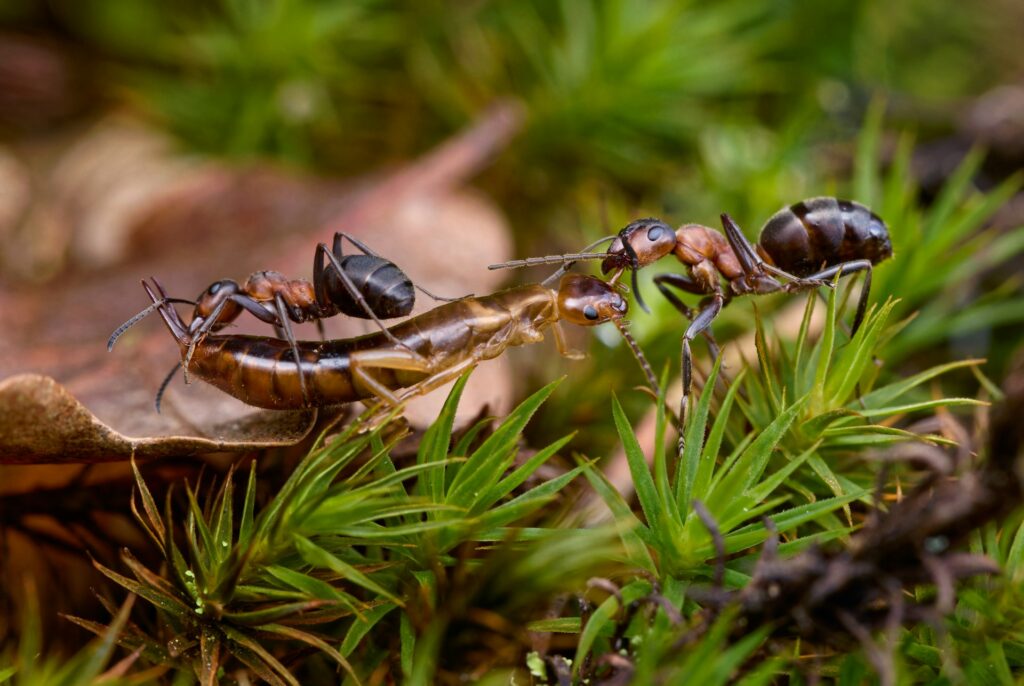
They’re small, often misunderstood, and easily overlooked in conversations about conservation. However, insects are the foundation of countless ecosystems, and their decline is one of the most alarming environmental issues of our time.
We tend to notice the absence of larger animals, like elephants or polar bears, but the quiet disappearance of bees, butterflies, beetles, ants, and even flies is happening all around us, and it has consequences far beyond what most people realise. Insect loss is not only an ecological issue, but a signal that our environment is tipping out of balance. Their presence, or absence, is a strong indicator of ecosystem health.
Why insects matter more than you think
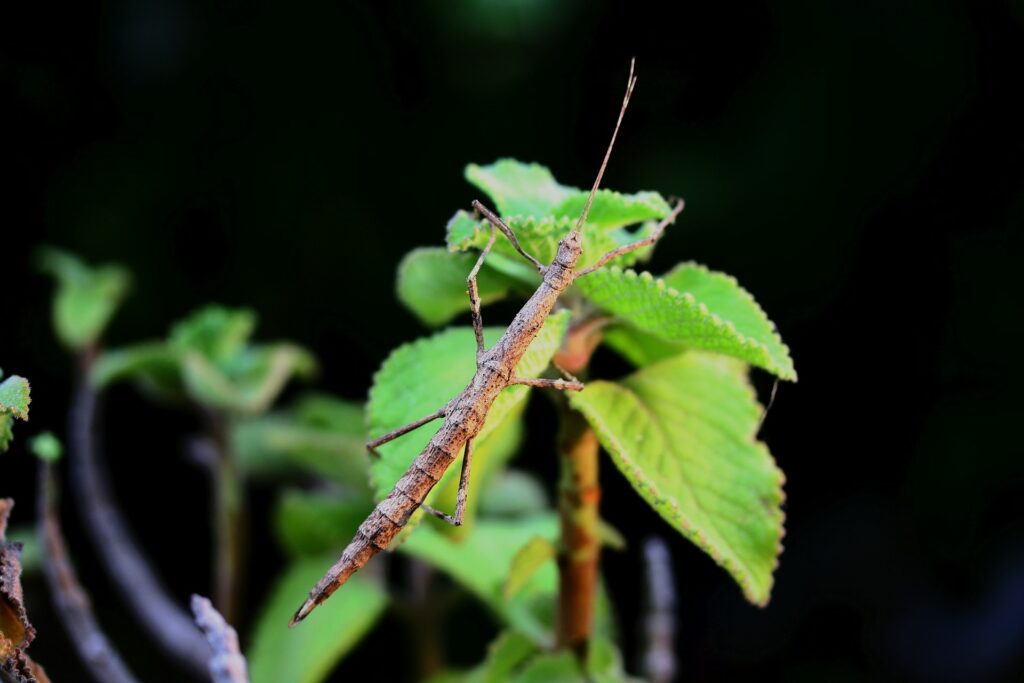
Insects play an absolutely vital role in the natural world. They pollinate plants, break down waste, aerate soil, and provide food for birds, amphibians, reptiles, and mammals. In fact, it’s estimated that around 87% of all flowering plants rely on animal pollinators, most of which are insects, per UN FAO. Without them, most ecosystems simply wouldn’t function.
Dung beetles recycle animal waste and return nutrients to the soil. Carrion beetles and flies break down organic material, preventing the spread of disease. Soil-dwelling insects, like springtails and ants, aerate and mix the earth, improving structure and moisture levels. These unseen services keep forests, grasslands, farms, and wetlands alive. They also form the basis of complex food webs, supporting thousands of species that rely on them for sustenance.
Insects even play a role in limiting pests. Ladybirds consume aphids. Parasitic wasps regulate populations of caterpillars and other larvae that damage crops. This natural balance saves billions each year in pest control costs and helps reduce the reliance on chemical insecticides.
What’s causing the decline?
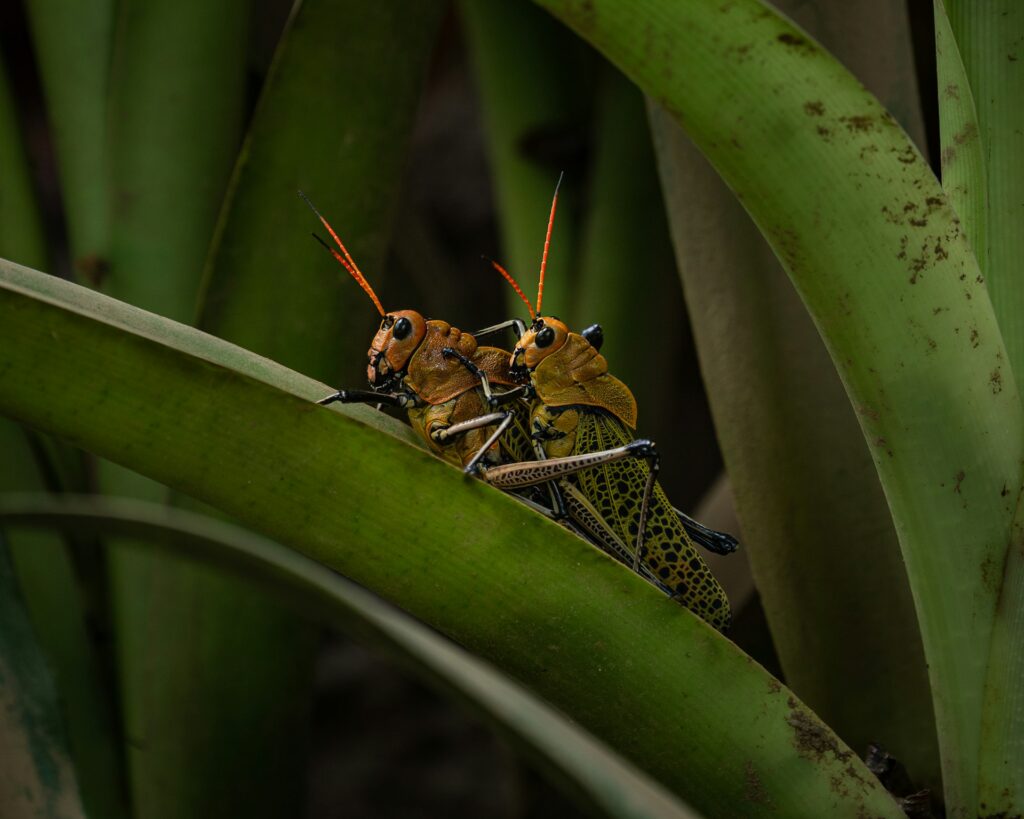
A growing body of research points to a steep and widespread reduction in insect populations globally. The 2019 review in Biological Conservation found that more than 40% of insect species are declining, with one-third endangered. Some areas have seen reductions in insect biomass of more than 75% over a few decades.
The reasons are complex, but four key drivers have emerged:
Habitat destruction: Urban expansion, deforestation, and agricultural intensification destroy the habitats insects rely on. Diverse ecosystems like meadows, hedgerows, wetlands, and forests are replaced by concrete or monocultures.
Chemical exposure: Pesticides, particularly neonicotinoids, are highly toxic to insects. These chemicals persist in soils and water and can impair insect navigation, reproduction, and immunity.
Climate change: Rising temperatures, droughts, and seasonal shifts are altering insect lifecycles and behaviour. Insects are emerging out of sync with their food sources or breeding windows, especially in temperate climates.
Light and noise pollution: Artificial light confuses nocturnal species like moths and fireflies, interfering with feeding and mating. Constant noise from roads and urban areas also disrupts communication in some insect groups.
The danger of a silent spring
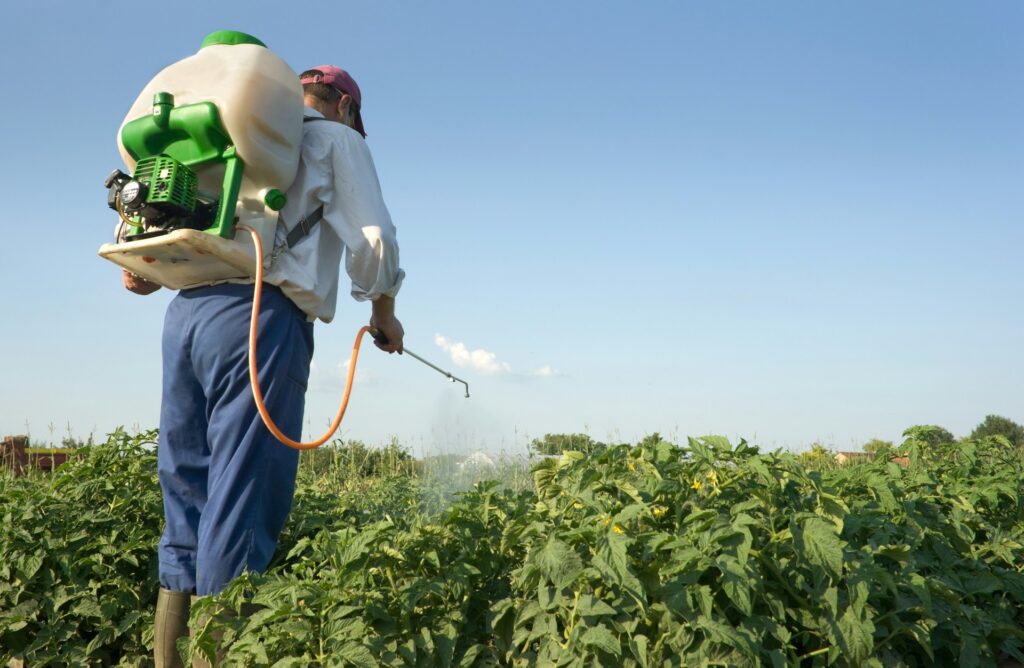
This creeping crisis has been dubbed a “silent spring,” recalling Rachel Carson’s famous warning about pesticide use in the 1960s. But today’s threat is even broader. Unlike dramatic environmental catastrophes, insect loss is subtle and insidious. It happens in gardens, fields, roadside verges, and backyards.
The “windscreen phenomenon” is a modern anecdote pointing to this trend. Once, drivers would find their car windscreens covered with insects after a long journey. Today, that same journey may end with a clean windscreen—a sign of how fewer insects are out there.
In countries like Germany, studies in protected areas have revealed alarming reductions in flying insect biomass over time. These findings aren’t limited to one region—they echo in Britain, France, Australia, and the tropics. It’s a global issue with far-reaching consequences.
The ripple effects across ecosystems
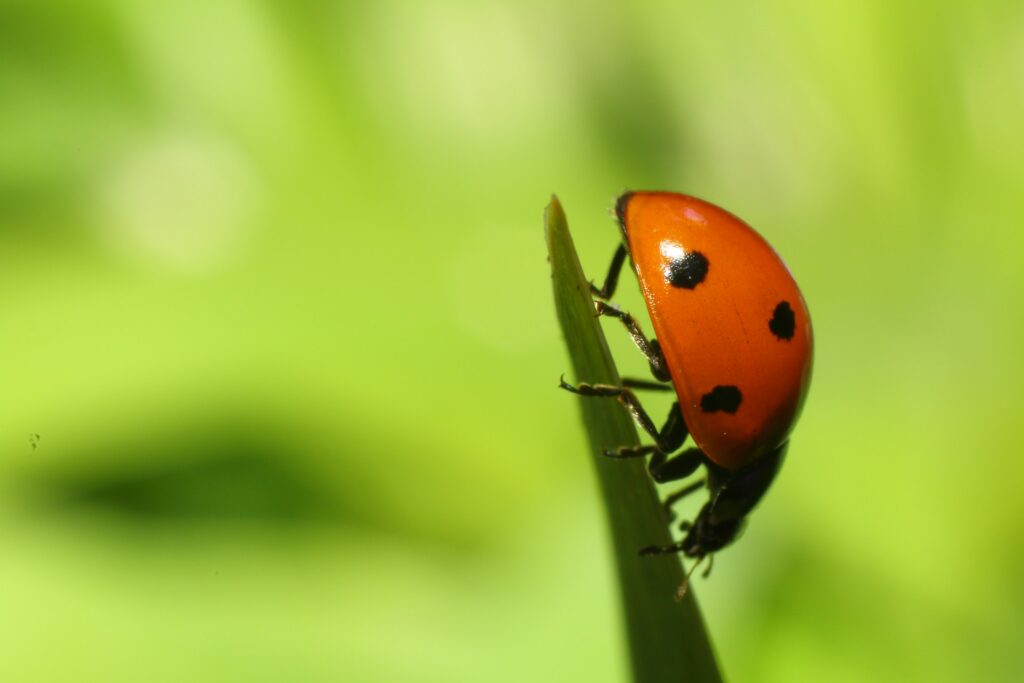
Insects are not only abundant—they’re indispensable. Their decline sets off a chain reaction throughout the food web. Birds such as swifts, warblers, and flycatchers depend heavily on insects during breeding season. Amphibians like frogs and newts rely on aquatic insect larvae for food. Even mammals like shrews and badgers incorporate insects into their diets.
In the UK, house martins and spotted flycatchers have declined by over 80% in some regions. RSPB data links these reductions to falling insect numbers, according to the RSPB. But it’s not just wildlife that suffers—pollinator declines have measurable impacts on farming and human food supply.
Globally, pollinators contribute to 35% of the world’s crop production. Almonds, apples, tomatoes, strawberries—all require bees and other insects to fruit. Without them, we’d face more expensive, less nutritious diets. A 2021 study published in Environmental Health Perspectives found that reduced pollination already leads to an estimated 500,000 excess deaths annually due to diet-related diseases linked to reduced fruit and vegetable intake.
Insects and the climate connection
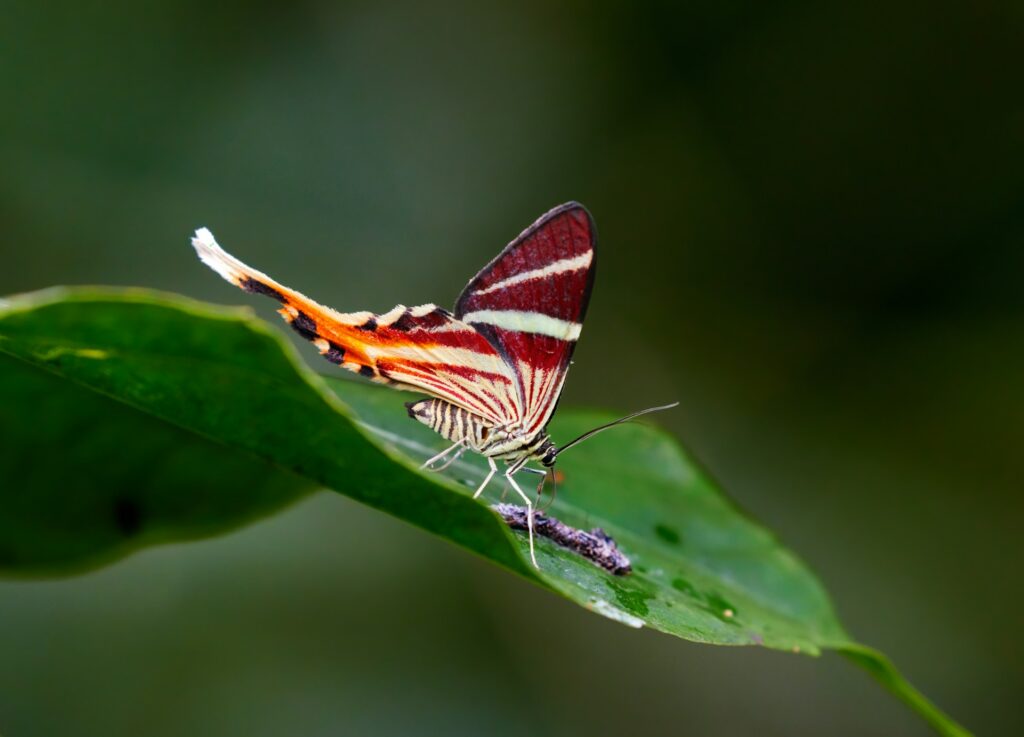
Insects aren’t just affected by climate change—they also play a role in regulating it. Their activities influence carbon storage, soil health, and plant growth. As climate change intensifies, it puts pressure on insect populations, which in turn weakens the ecosystems we need to fight climate impacts.
Some species are shifting their ranges to escape heat, but not all can adapt. Alpine and polar insects, for example, are already running out of suitable habitat. Changes in rainfall patterns and drought also affect nectar availability, making survival more difficult for pollinators like bees and butterflies.
Why this matters for humans too
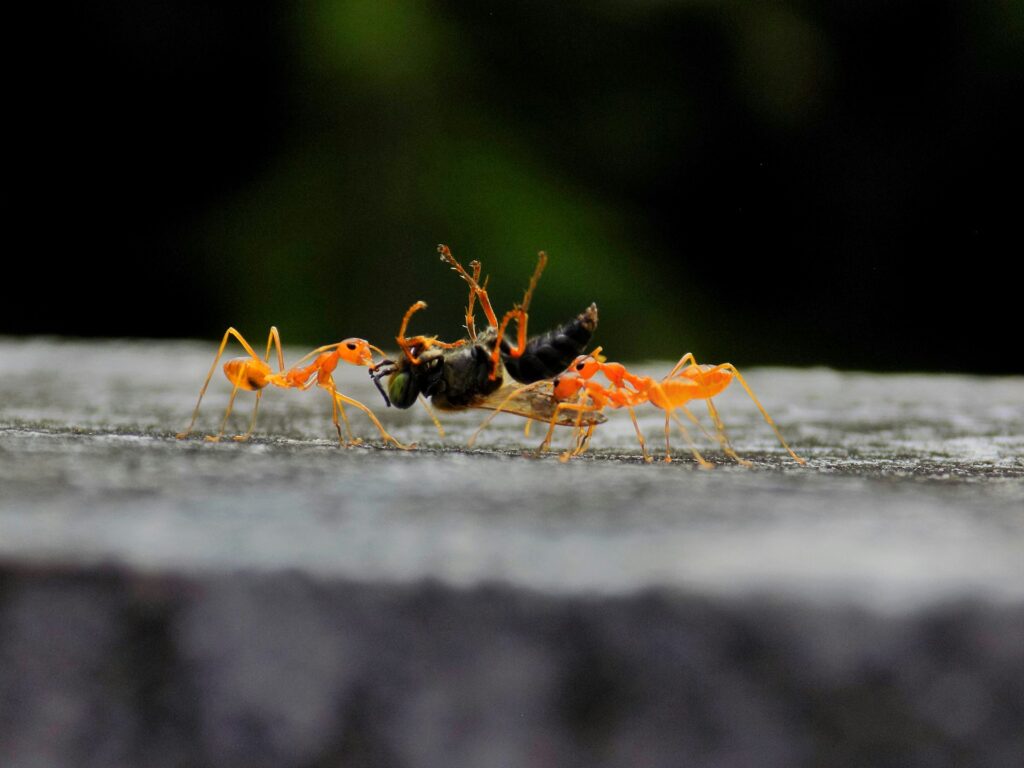
Insects aren’t just background noise—they’re essential for human survival. They fertilise crops, clean up waste, regulate pests, and keep soils healthy. Their decline threatens biodiversity, food production, economic stability, and even cultural heritage.
Smallholder farmers in developing countries are especially vulnerable. Many rely on natural pollinators and pest control. The loss of insects could push these farmers toward synthetic chemicals, increasing costs and environmental damage. It’s a vicious cycle.
Beyond food, insects contribute to medical science. Some species are used in wound treatment, forensic investigations, and as models for drug testing. The humble fruit fly has helped unlock genetic secrets that shape modern medicine.
What’s being done (and what’s not)
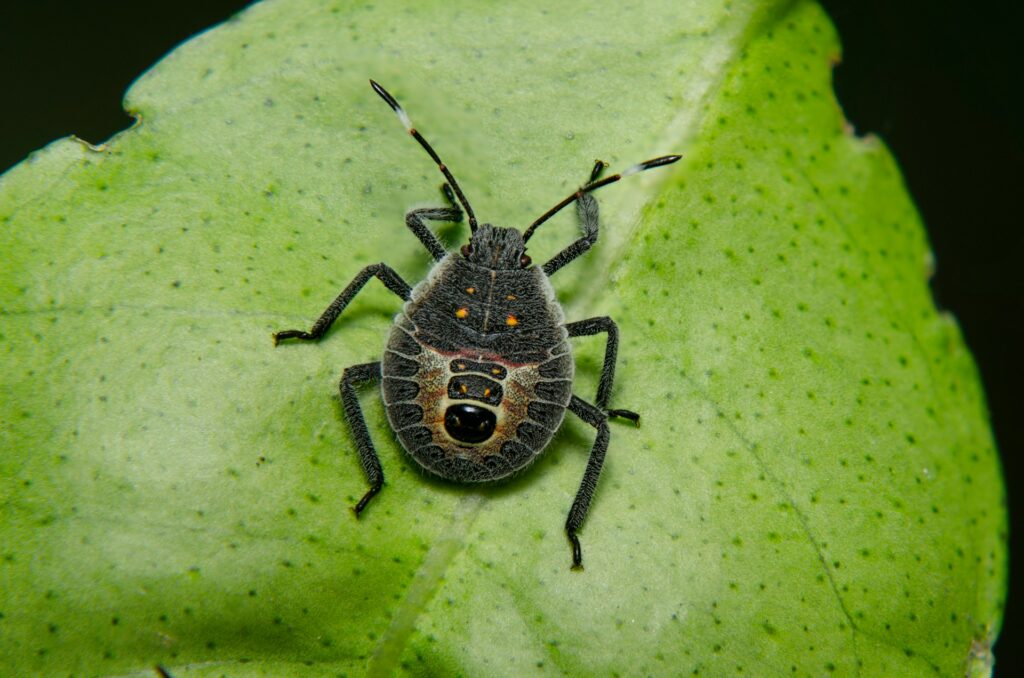
There is growing awareness, but efforts to protect insects are still in their infancy. Some governments have banned neonicotinoids, restored wildflower meadows, or created “bee highways” in urban areas. The EU’s Green Deal includes measures to restore biodiversity, and the UK’s B-Lines project is stitching together habitats for pollinators.
Organisations like Xerces Society, Buglife, and the Bumblebee Conservation Trust are leading efforts to raise awareness and protect key species here in the U.K. In the U.S., conservationists are fighting to protect the rusty patched bumblebee and monarch butterfly under federal law.
But despite these efforts, global insect conservation remains underfunded. Most environmental budgets still favour larger species or climate projects. Insects, being less photogenic or marketable, struggle for attention.
What you can do
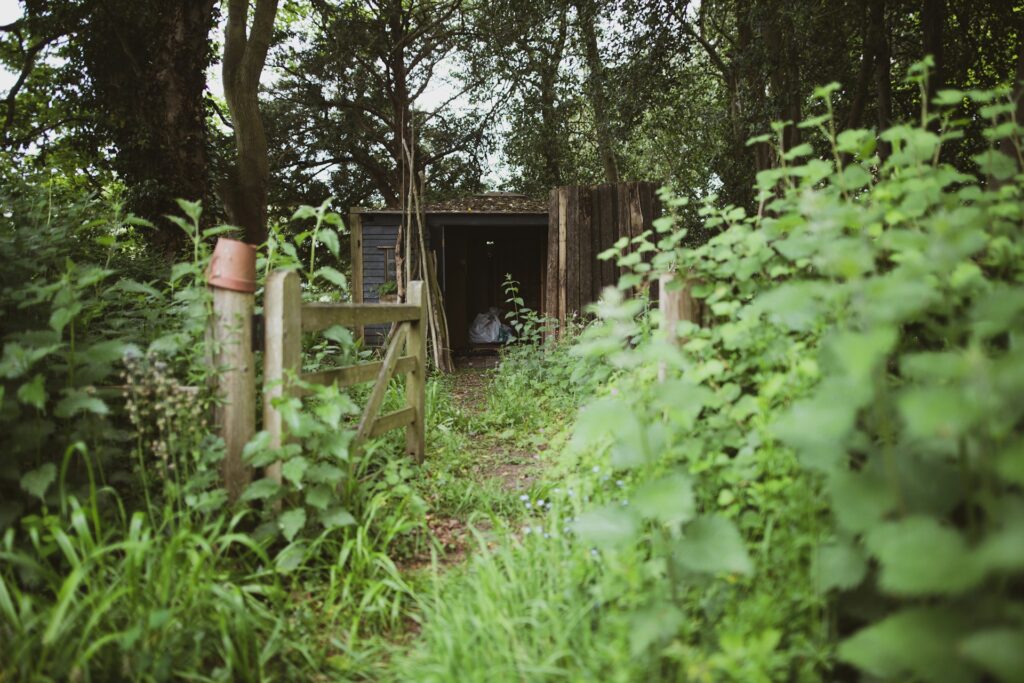
Even if you don’t have a garden, you can help insects:
Rewild your outdoor space: A window box of native flowers or a patch of unmown lawn can support dozens of species.
Go chemical-free: Avoid insecticides, herbicides, and fungicides. These don’t just target pests—they harm all insects.
Turn off the lights: Use motion-sensor lights outdoors. Many insects are drawn to artificial light and die from exhaustion or predation.
Build insect shelters: Bug hotels, logs, and undisturbed soil offer nesting and hibernation spots.
Support wildlife-friendly farming: Look for organic, regenerative, or certified produce.
Engage with local initiatives: Join community planting schemes, attend wildlife talks, and encourage schools and councils to value insects.
Talk about it: Share knowledge. If more people understand insect importance, policy and funding will follow.
Insects might be small, but they are nothing short of extraordinary.
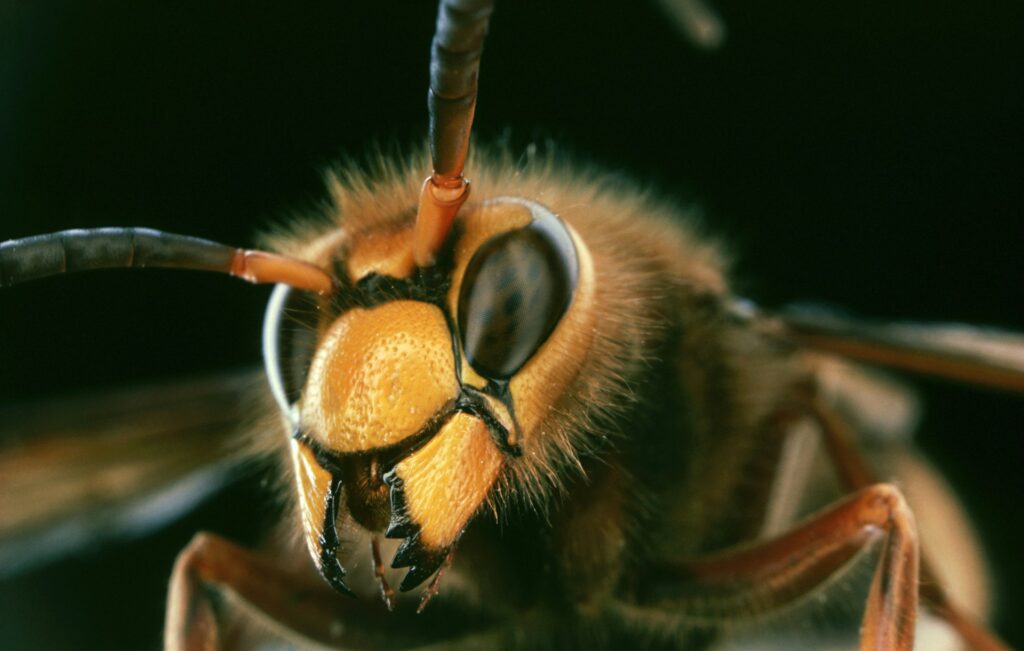
Their decline is a global red flag—one that speaks to deeper environmental dysfunction. Without urgent action, we risk losing not only these species but the stability and beauty they support. The solutions are within reach, but they require a shift in how we value the natural world. Insects deserve our protection not just because of what they do, but because of what they represent—a world that still works when we let it.
We can restore balance. We can protect what remains. But we have to start now. Because once the buzz fades, bringing it back won’t be easy.